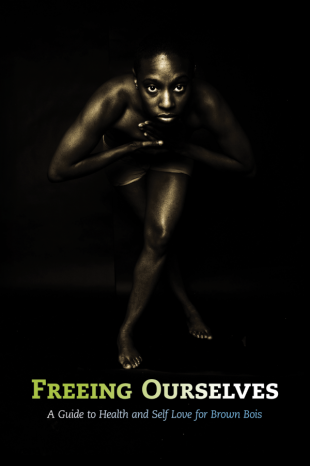Sent to you by moya via Google Reader:

As a graduate student, I elect to receive health care through my school (because they pay for it). Student Health Services has its pros and cons and my experiences have been, to put it nicely, mixed. My experiences with health care providers are what motivated me to think about the hierarchical relationship between doctors and patients in my dissertation. My providers have routinely presumed straightness, a feminine gender identity, and a certain class background. I was telling a friend about another less than awesome experience with a doctor and they joked, I could put my own experience in my dissertation. If only autoethnography was one of my research methods.
Health care providers have got to do better. Disparities in access to care are a major concern but once you are in the doctor's office it doesn't necessarily mean that service provision is equitable, particularly if you are are already marginalized in greater society. That's why I was so happy to hear that the Brown Boi Project had created a resource guide for Masculine of Center (MOC) people of color and its available now.
The Brown Boi Project "is a community of masculine of center womyn, men, two-spirit people, transmen, and our allies committed to transforming our privilege of masculinity, gender, and race into tools for achieving Racial and Gender Justice." In that vain, they set out to create a health guide that would help brown bois advocate for better health outcomes for themselves when interacting with health care providers, friends and family.
The need for such a resource is undisputed and as a first edition, it far outshines its limitations. I was left however, wandering about the margins within the margins. What of disabled brown bois? How do we simultaneously hold a desire for wellness without pathologizing people as carriers of STI's or victims of impairments? What of the guide's high gloss veneer and PDF format for folks with little to no web/computer access? It's definitely an overview and they remind readers that it's not an exhaustive look at health but some general information to help stimulate better communication with health care providers and loved ones.
Things you can do from here:
- Subscribe to The Crunk Feminist Collective using Google Reader
- Get started using Google Reader to easily keep up with all your favorite sites
.jpg)

No comments:
Post a Comment